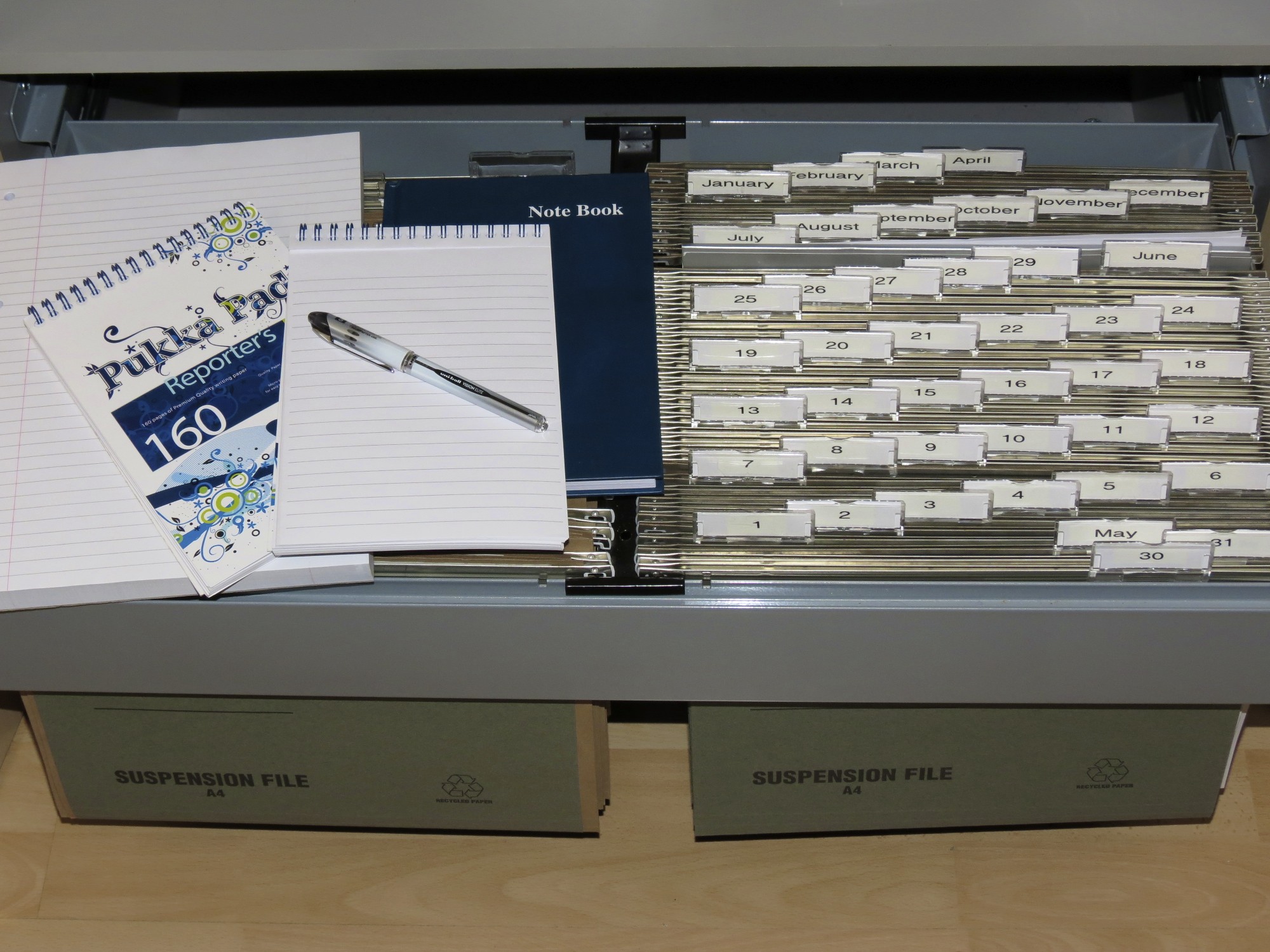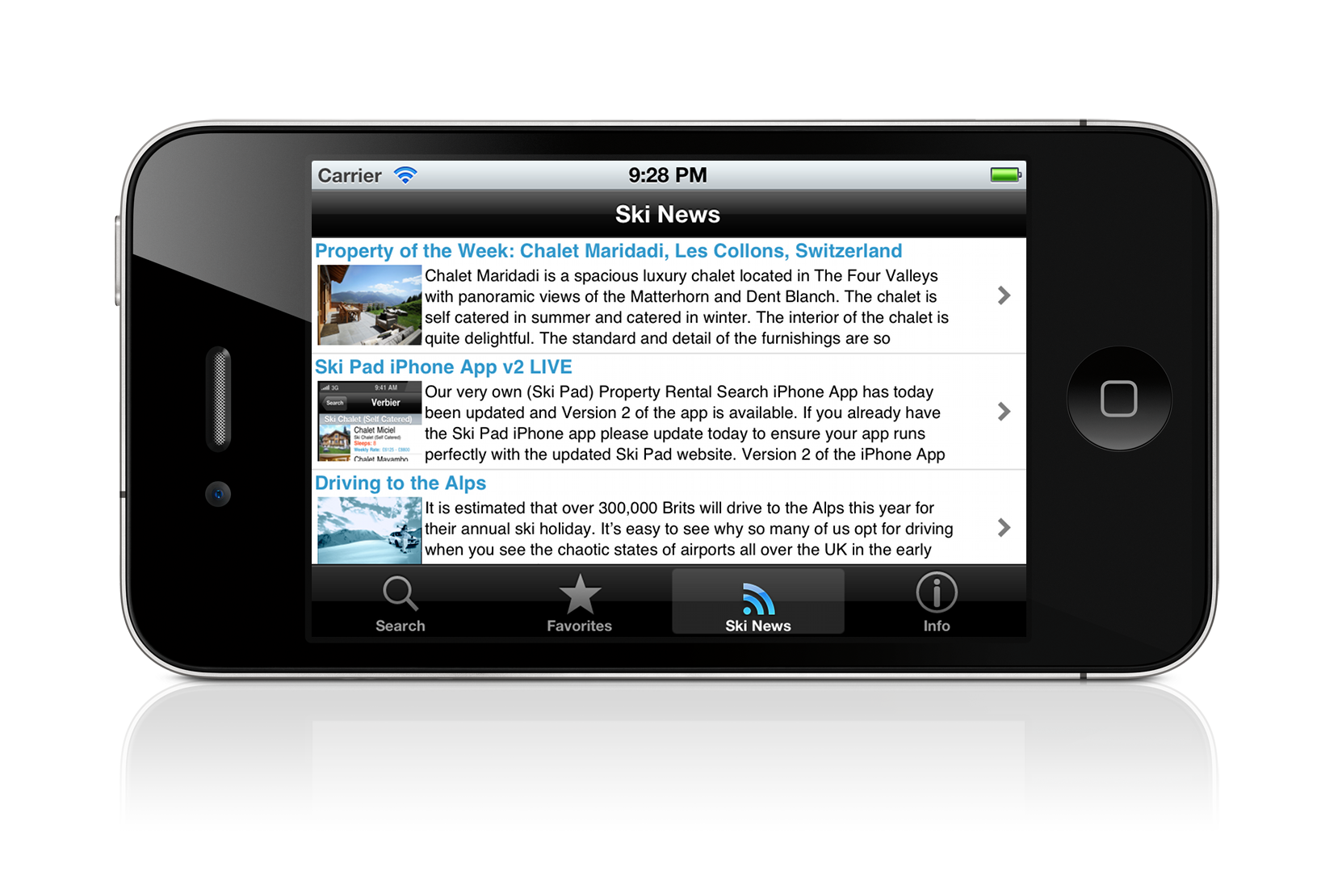 I have overextended myself a bit in recent weeks. I had three big projects that are all due to come to a head at pretty much the same time.
I have overextended myself a bit in recent weeks. I had three big projects that are all due to come to a head at pretty much the same time.
My mistake was that for two of these projects I left the target date pretty much open. This seemed like a good idea at the time because then I could work on them as and when I had the chance. As with all things that aren’t extremely urgent I didn’t find as much time as I would have liked.
Time passed and as there was no deadline I had no urgency. This is not a good situation to be in.
I should have known better than this as I have experienced it over and over again when working for other people. Jobs are not important until someone starts to push for them. Then you start getting questioned about what you have been doing and why it isn’t ready yet…
Once you get to this stage then all of a sudden the job becomes very urgent if you want to keep the customer happy.
The Problem
Part of the problem was due to my lack of setting distinct expectations for a project I was working on. I suppose this can be one of the pitfalls of working for a friend…
After a very brief chat about what he was after I went away thinking of what I was going to aim for. When I started to show my progress it instantly became clear that we were on totally different wavelengths. He wanted a fairly polished product where as in my head, and what I quoted for, I was just expecting to create something fairly basic that simply achieved the specified goal.
As it was a friend, and as I had been paid up front, I had no real choice but to carry on and take the hit.
Don’t get me wrong I thoroughly enjoyed the project and learnt a lot from the experience that will definitely help me going forward. The only issue is that it took up so much of my precious time that it put some of my other projects in jeopardy…
I was already really busy with another project that did have a fast approaching deadline which had been set well in advance…
This wasn’t the end of the world though as I make sure that I leave some time in my schedule to allow for increased productivity if I need it. So I upped my productivity level to try and reach both deadlines…
Then the worst happened. I got a call asking for the progress on the third project that I had pretty much put out of my mind. I thought there was no rush on that one so I didn’t consider it as important but then, all of a sudden, this became urgent as well!
In fact there was a good chance I would lose the business if I didn’t release something fairly quickly. So I had to up my productivity yet again and began working pretty much flat out.
In some ways this is a good thing. I haven’t been cranking out code at such a level, probably ever. And I am very pleased the way everything is going on all three projects…
How To Stop It From Happening Again
So what have I learnt from this experience?
Well there are definitely a few things to take away from this.
Set Deadline Up Front
Deadlines are absolutely crucial. The benefit is that with a deadline the customer is informed of when you are expecting to finish. If they have an issue with this date, they can let you know right from the outset rather than waiting for their arbitrary predicted delivery date, which is probably based purely on your estimate of how much work is involved, only to find out you weren’t planning on starting for another month!
So this helps both parties by clarifying timescales right from the start.
Deadlines are also a great way to make yourself more productive as without them work just accumulates. At least with a goal in mind you have something to work towards and then you can allocate the time required accordingly. With no goal there is no urgency and there will always be something more important!
Set Detailed Expectation
To be able to work out how much to quote for a job you have to have an idea of what involved. That also requires having a finishing line in mind.
So once you have this make sure you write it all down!
Add this to the estimated time scales and deadlines. This will make it even clearer to the client what exactly they can expect.
If you miss this step out you may be too far into the project to do anything about it if you suddenly realise your targets are out of kilter!
Give Yourself Some Leeway
Always allow some breathing room after a project. When a deadline approaches there is a good possibility that you will need to work that little bit harder to make sure everything is ready in time.
This can tire you out so don’t expect to start work on the next project immediately afterwards. Leave some sort of gap after a big deadline to allow for unseen issues.
Then if the project does overrun then at least you have the time to sort it without having a knock on effect and interfering with the next deadline. If not then a little bit of a break after a bit of hard work can be reward in itself. Even if it’s just a day or two away from your desk.
Anyway this has been an invaluable lesson for me and one I will have to learn from if I want to continue working for myself.
[SignOff]





I have been looking at this system which several project manager friends have recommended. This is clearly, and always has been, a bone of contention with some of the processes at FBH. Don’t know if it will help you as it tends to be for multiple users on a big scale but if so then great.
http://www.brighthub.com/office/project-management/articles/65535.aspx
Cheers Neil